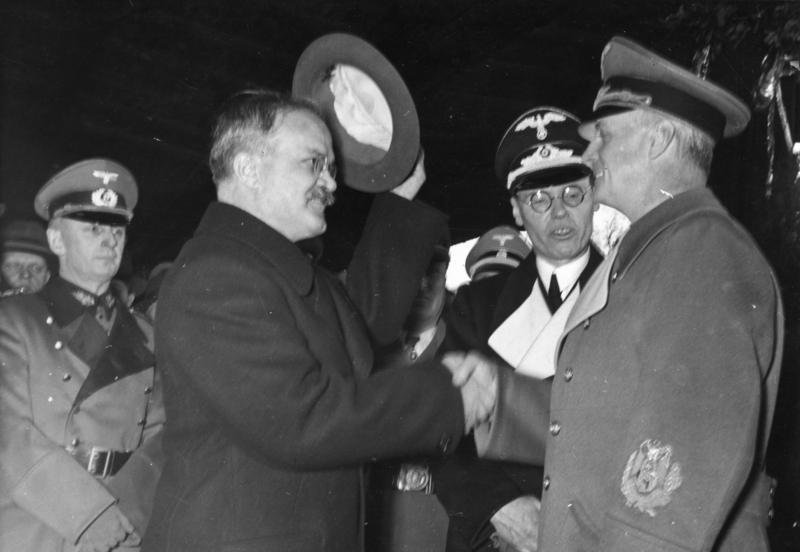
“At a time when most European artists saw fit to immortalize the glory and heroism of battle, Charles Bell’s work called attention to the distressing aftermath of 19th century warfare.”
DOCTOR CHARLES BELL, a Scottish born military surgeon of the Napoleonic era, may not have been the best sawbones in the Wellington’s army. In fact, his critics were quick to point out that 90 percent of wounded soldiers who went under his knife for amputations didn’t survive the ordeal. Yet the Edinburgh physician still made a number of meaningful contributions in the realm of military medicine.

A talented artist and anatomist, Bell used his keen eye and knowledge of the human body to create a visual record of the aftermath of the Battle of Waterloo.
Armed with a sketchpad and water colours, Bell, 41, produced a series of sobering and poignant images that captured the grisly havoc musket balls, sabres and cannon shot worked on living tissue.

And to be sure, Bell had a nearly limitless supply of artistic subjects in the days following the famous June 1815 battle. The nine-hour contest fought just outside of Brussels created a staggering 65,000 casualties for army surgeons on both sides. Among that number that were 10,000 wounded British soldiers.
At a time when most European artists saw fit to immortalize the glory and heroism of combat, Bell’s work called attention to the distressing aftermath of 19th century warfare. Not surprisingly, his images, published in the years following Waterloo, were studied for generations to come.
NOTE: All images are the property of the Wellcome Library, Wellcome Images. Copyrighted work available under Creative Commons Attribution only licence CC BY 4.0 http://creativecommons.org/licenses/by/4.0/
(Originally published in MilitaryHistoryNow.com on Aug 17, 2015)
SOURCES
http://blog.europeana.eu/2015/06/treating-the-wounded-of-waterloo-sir-charles-bell-and-his-art-from-the-battlefields/
https://en.wikipedia.org/wiki/Charles_Bell
http://www.uic.edu/depts/mcne/founders/page0007.html























